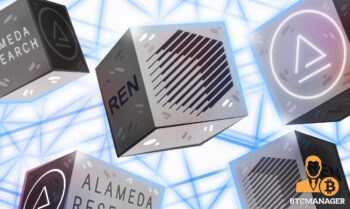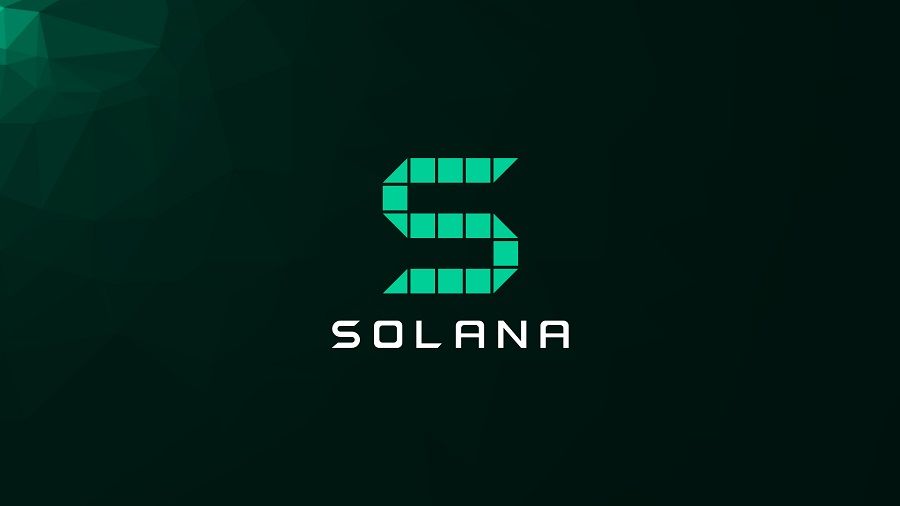2022-1-19 07:09 |
Decentralized finance (DeFi) on Solana has been growing at a massive rate. One project to look out for, Hubble Protocol, will be making a huge addition to the DeFi offerings on Solana when it launches a stablecoin borrowing platform (being called “the MakerDAO of Solana”) on Mainnet Beta this January 28th, 2022.
Before the launch of Hubble’s stablecoin, USDH, the protocol will hold three separate HBB token launches on three different launchpads: SolRazr (link), Solanium (link), and DAO Maker (link).
There are a ton of reasons why Hubble’s IDO will be the hottest IDO in January–one that shouldn’t be missed. Here’s why anyone serious about DeFi should mark their calendars and think about getting their hands on some HBB.
Users Can Earn Hubble Protocol’s Fees By Staking $HBBHubble is a fee-sharing DeFi protocol. This means that it collects fees for its services and distributes the majority of this revenue to the Hubble community.
The method for receiving a share of Hubble’s revenue is straightforward: stake HBB, and the protocol’s smart contract automatically divides the collected fees among users.
Right now, 85% of all revenue from minting USDH (a one-time 0.5% fee) will go to users who stake HBB. As Hubble increases, the number of services it offers, the amount of fees collected by the protocol will increase, and users who stake HBB will benefit from this as well.
When the protocol goes live on January 28th, it will be possible to start staking HBB and earn fees collected in USDH. Getting HBB at launch means users can maximize their time earning a share of the protocol’s revenue by staking their tokens as soon as it’s possible.
Gaining access to Hubble Protocol’s fees is just one major utility for staking HBB. Another upcoming feature is the ability to take part in the protocol’s governance when Hubble becomes a Decentralized Autonomous Organization (DAO).
Hubble’s Stablecoin Will Be a Solana DeFi Game ChangerDeFi and most of the crypto community depend on stablecoins for many reasons. They are a store of value to stash profits when the markets are red, and they are the most common pairings for tokens in liquidity pools.
One sign of how important stablecoins are to DeFi is that the top three projects measured by total value locked (TVL) are Curve (a stablecoin AMM), Convex (a protocol that boosts Curve yields), and MakerDAO (the project that issues the stablecoin DAI and paved the way for Hubble).
Hubble Protocol is introducing a stablecoin that is backed 150% by decentralized crypto collateral. This means that no central authority can “shut down” USDH. Recently, Tether froze $160 million of assets on Ethereum, and they can only do this because their stablecoin, USDT, is fiat-backed and centrally issued.
This censorship resistance makes USDH much more like Liquity’s LUSD (even DAI is now collateralized by USDC, which is also centrally issued and backed by fiat). However, LUSD can only be minted with ETH deposits on the Ethereum (expensive) network, and Hubble mints USDH using SOL, BTC, ETH, mSOL, and other tokens that will be added in the future on Solana (cost-effective, more DeFi projects developing there).
According to Decentral Park Capital and their Hubble investment thesis, USDH could become a “core Solana stablecoin” in the future as more projects use it as a store of value or, for example, use cases like margin.
USDH Starts Off With Important Use Case at LaunchIt’s predicted that users and even other projects will be attracted to USDH for its censorship-resistant qualities. Additionally, the demand for and use of Hubble’s stablecoin should be guaranteed at launch due to the innovation of the Stability pool.
Users can deposit USDH into the Stability Pool on Hubble in order to help pay off liquidations when other users borrow too much. When a user is liquidated, the people who deposited USDH into the Stability Pool earn around 10% of the extra tokens left over from the liquidation.
In essence, the Stability Pool is a way to “democratize liquidations.” It allows users to hold stablecoins while the market fluctuates as well as buy into positions in BTC, ETH, and SOL at a discount when the market drops and liquidations occur.
Not only can users earn some of the highest-ranked crypto assets on the market for participating in the Stability Pool, but they can also earn HBB tokens at the same time. Hubble rewards users who deposit in the Stability Pool with a constant drip of HBB, and that’s a huge amount of additional value for everyone who participates.
Hubble Protocol Democratizes Token Launches for CommunityIn the future, HBB will be used as a tool for governing Hubble Protocol as a DAO. Right now, Hubble is opening the ability for the community to access HBB tokens at an early price by distributing allocations to three separate launchpads.
Launching a token on a launchpad helps ensure that bad actors cannot suck up all of the supply or affect the price of a token during the process. Launchpads also make sure bots cannot do the same thing. By launching on not one but three different launchpads, users are almost guaranteed access to HBB and the rewards for staking the token on Hubble. Discover all the details here.
The three token launches will be held throughout the end of January.
Similar to Notcoin - Blum - Airdrops In 2024
Solana (SOL) на Currencies.ru
|
|




